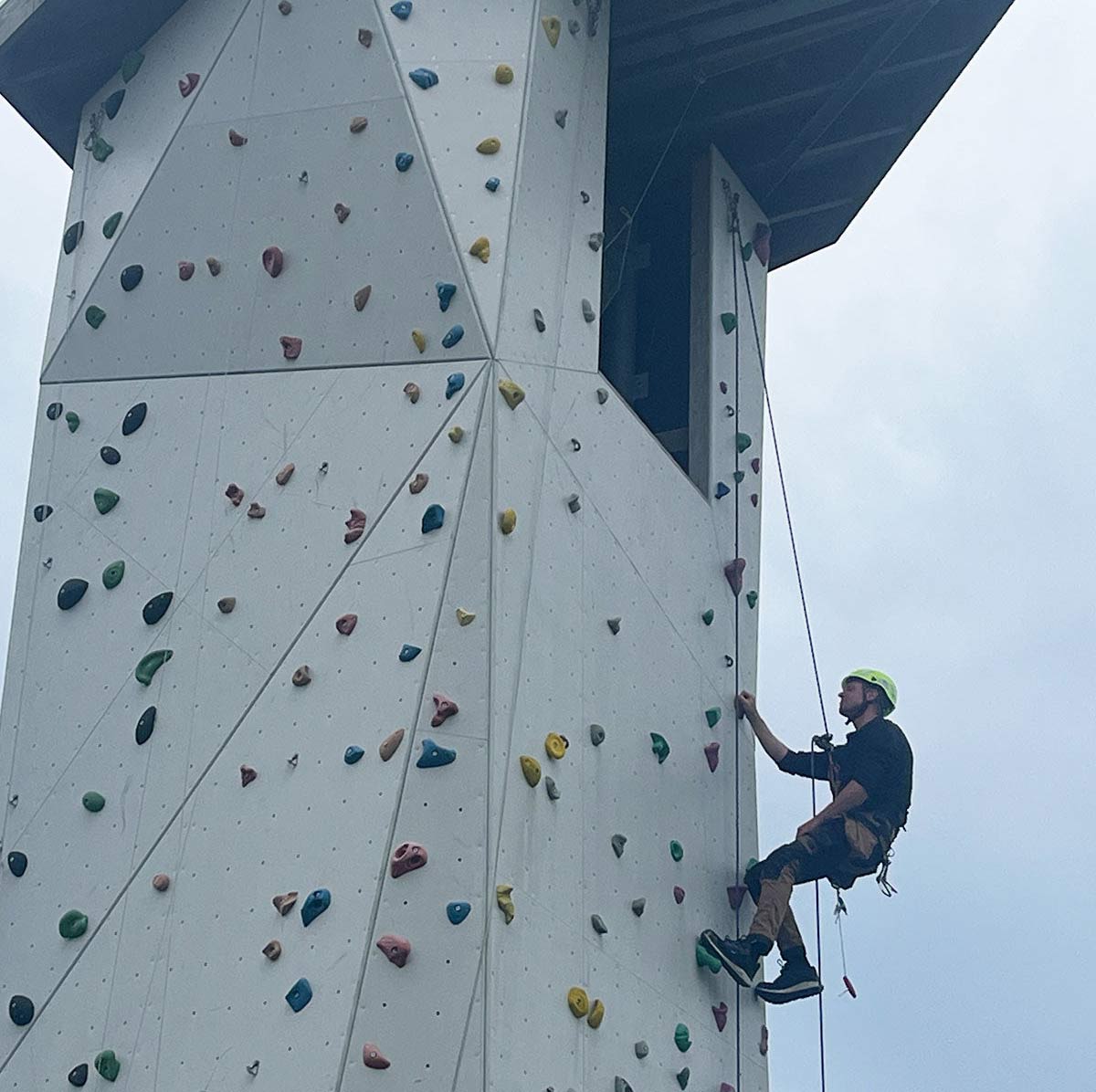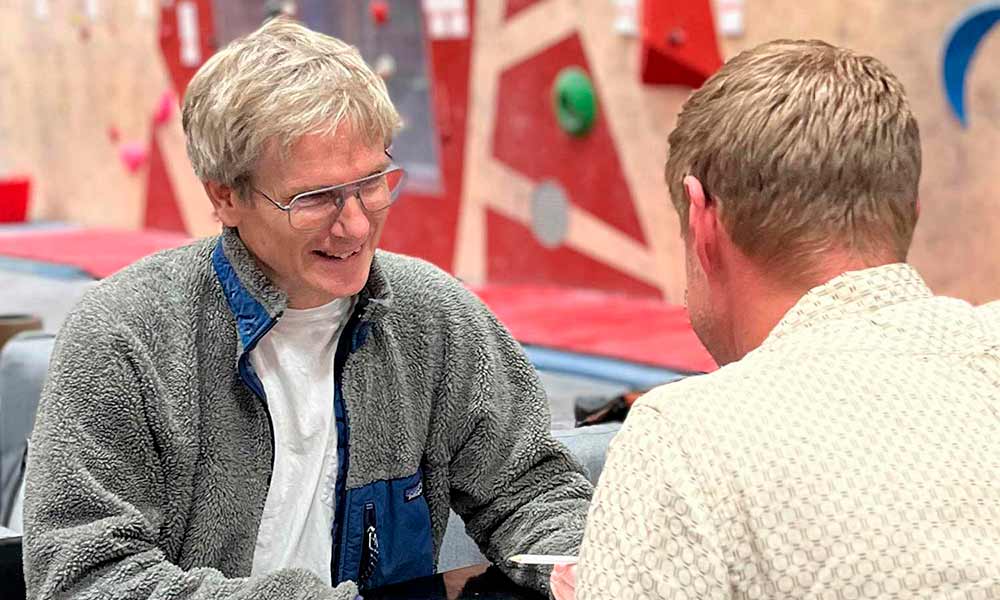An athlete's body type comes in different shapes and sizes. Generally, not everyone is perfect, far from that: a swimmer's broad shoulders, thinner legs, and lack of toned muscles help them swim faster; a marathon runner's petite figure allows them to endure long hours of physical activity; a boxer's arm reach can be a huge factor to his success. But what defines a climber's body? There is one thing common for most (if not all) and it's what you call the "climber's posture". The hunched back figure is easily noticeable, as well as the forwarded head and neck.

What's the cause?
The main back muscles we use while climbing are the lats, which allows us to pull up. Since climbing is composed of several pulling movements, lats are usually overdeveloped. The other back muscles are not as often exercised which often causes an in-balance and sadly, the bath posture. In addition, in our "rest" periods during an climb, we are usually tired and become less aware of our posture, so we let our shoulders fall forward. We also look up way too often, which causes the shoulders to hang up and not just relax down. Overdevelopment of a certain muscles is not necesarilly a bad thing, it only points out the imbalance is there.

Combat the hunch!
To fight the hunchback, you simply need to work out the other muscle groups at the back that are less used during climbing sessions. There are certain things that you can do and exercises that will counterbalance the in-balance. First and foremost, you must be constantly aware of your attitudes and movements. Working out in front of a mirror is helpful, but also when you're outside the gym, check yourself in the mirror and try to change your body every now and then. Try to build a habit. The transformation might be slow and gradual but at least you are working on it little by little. The best exercise is to just think about your posture and try fixing it.
Do the Cobra Pose
This yoga pose is the best known for opening your chest, stretching your pectoral muscles, and using your upper back muscles.

Start off by laying face down on the floor, position your palms at the side of your chest area, and lift your chest up from the ground. Remember to not lift your head, but instead use your upper back muscles to really open up that chest. Hold the pose for a couple of breaths, feel the intensity through your core, and slowly lower yourself down. Do this exercise several times after every climbing session.
Band Assisted Stretching
Your fellow climbers have probably told you many times before that you should stretch! But next time, try using a band in your post-climbing session. It helps you to stretch more and under increased tension than you normally would. Using a band should not be very strenght based. It is mostly about using the small stabilizing muscles. Stretching your muscles at the end of your workout should be taken seriously. While your muscles are still in warm, it is best to stretch them out so that your flexibility becomes better. You will not only notice the ability to move more, but also a body posture that is more aligned because all the muscles are more activated.
Untighten with Foam Rollers and Lacrosse Balls

Loosen up the overused and tight muscles with foam rollers and lacrosse balls. These handy tools can be bought easily online; or if you're in a budget, most climbing gyms have these lying around in the workout / stretching area. Target tight areas like the lats, pecs, and even thighs to feel that release of tension once you roll over the roller / ball over the muscle. If the roller or ball is a bit painful at certain spots, that is the indication that the spot is overtightened. Roll it there even more! Small cracking in your back, as long as it is not painful, is a good sign as well. It indicates an instant release of tension from a muscle group.

A bad posture is a constant problem for everyone (not only climbers) but it can be solved with conscious effort! So next time you pass a mirror or any reflective surfaces, check that posture and straighten up!



